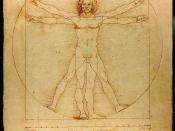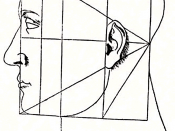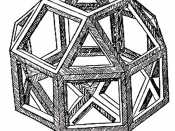Musical Vision and Sonic Mapping in the Drawings of Leonardo [title is somewhat long. Any other suggestion?]
Michael Eisenberg
Columbia University
In the 1568 edition of his Lives of the Artists, Giorgio Vasari casts Leonardo as a proficient performer, teacher and improviser on the lira da braccio. Even if Vasari's account is somewhat mythologized, g evidence of Leonardo's expertise in music emerges from his disegni and from his discursive reflections on musica and the properties of sound.
Seen through the Neo-Platonic prism of the Renaissance, musica ordered the cosmos. Beginning from the macrocosm with its harmony of the spheres (musica mundana), to the microcosm (the body's musica humana), to its ultimate reification in musica instrumentalis, music was understood as the means that synchronized all layers of the physical world.
While Leonardo denigrated himself as an omo sanza lettere or unlearned we know that he owned Marsilio Ficino's commentaries on Plato, in which the neo-platonic philosopher discussed in depth the harmony of the spheres.
Leonardo also designed the illustrations for De divina proportione, the book on the golden section that his friend the mathematician Luca Pacioli wrote in 1496-98. Leonardo's recourse to musical proportions is certainly a topic worth exploring in its own right. Some of his paintings are built on the golden ratio (the Annunciation and the Adoration of the Magi) and it has been argued that The Last Supper is structured visually according to the Platonic proportions that generate the three perfect musical consonances.
Leonardo was also most likely acquainted with Franchino Gaffurio, the maestro di capella of the cathedral of Milan and the author of the music treatise De harmonia. It is possible that Leonardo referred precisely to Gaffurio's De harmonia when formulating an analogy between the trachea...


